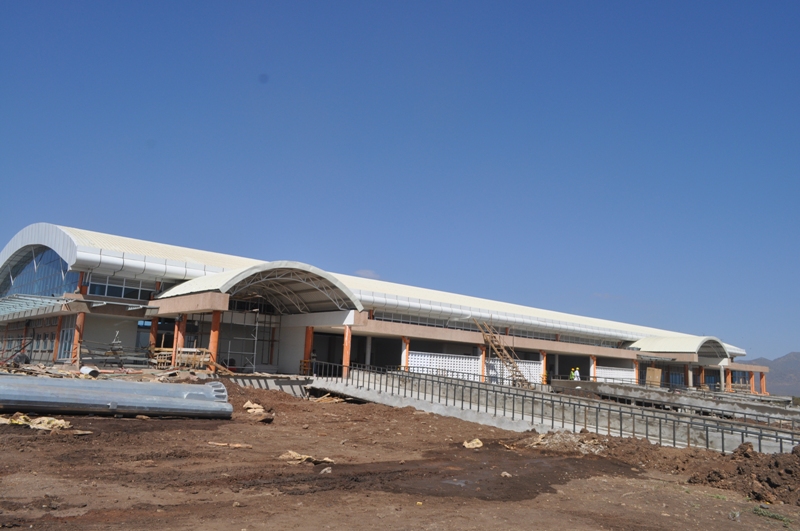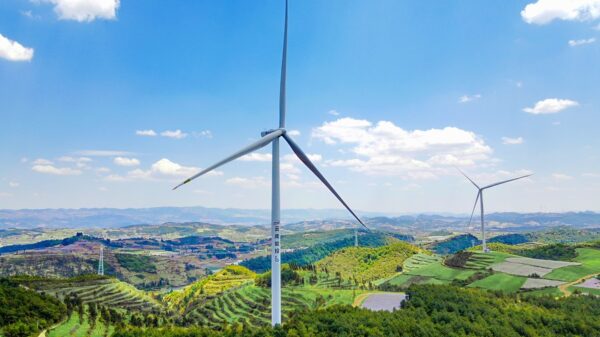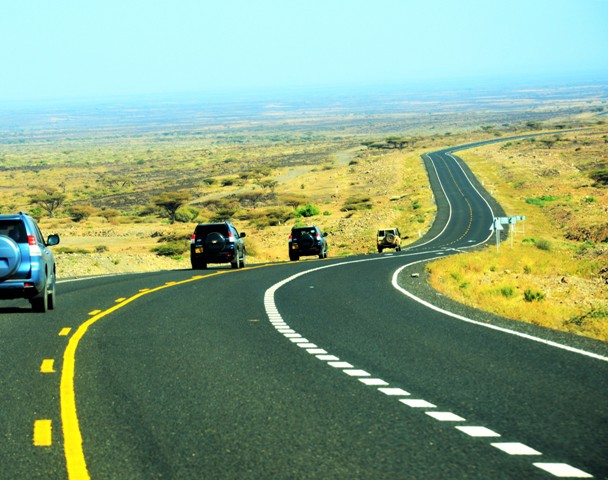Kenya is a ‘hotbed’ of beauty; every ounce of her, like Mount Kenya peaks, majestically rise to show its beauty. Mother nature blessed this country immensely. From the second largest fresh water lake in the world to beaches that keep winning awards as the cleanest in the global arena, Kenya’s beauty is unparalleled.
Further, more, her athletes outrun competition in every marathon.
However, there is a paradox that lies within the Kenyan tourism industry. For example, in 2016, the tourism sector grew by 14.6 percent, surpassing a target set by the Kenya Tourism Board. Yet, like a tender rose, the industry catches a cold whenever there is a sneeze in one area.
The Westgate Mall attack in 2013 and the Garissa University in April 2015 shook the industry to the core. As travel advisories came in droves, the traditional markets that she had been relying on for ages plummeted.
United Kingdom tourists went down by 15 percent to 98,523 while the United States tourists went down by 10 percent to 84, 749. Italy took the hardest blow with tourist arrivals from the country going down by 34 percent to 33,415 from 51,092 recorded in 2014.
Kenya has been described as one of the only markets that are resilient even in the face of unwarranted travel advisories by some Western governments. This goes to show that regardless of these challenges, the sector still has an enormous potential with an ability to bounce back.
Lessons from Dubai
What if the Kenya tourism policy makers looked to the Dubai Emirates to learn some key lessons on how to cushion Kenya from both internal and external threats?
Kenya is already winning with one of the biggest and most diverse tourism industries in East Africa region. Her diverse offerings in a range of niches including the meetings, incentives, conferences and events (MICE) that are miles ahead in comparison to the region but amounting to 4 percent of the arrivals in 2015 is still low.

The Isiolo Airport is one of three international airports planned under the LAPSSET Infrastructure Projects. The international Airport operated by private sector under PPP on concession basis.
Kenya’s strength is that holidays are the major reason why people travel to Kenya; taking 71 percent of arrivals in 2015. Compare that to the business travellers that contributed about 12 per cent in the same year.
However, Kenya is building the industry on sinking sand if she limits her marketing efforts to wildlife and world class coastal hotels to make a name for itself in the tourism sector.
For example, traditional markets in 2015 recorded a decline owing to travel advisories from these markets. Lack of diversification is akin to Kenya shooting itself in the foot because of the fluctuations usually experienced in this segment.
Northern Kenya region is barely explored. With the opening of the Isiolo-Marsabit road, the region can be the newest cash cow. Like in the Emirate of Dubai, the Chalbi desert sand dunes can be turned into a tourist destination where visitors from near and far troop in to view the beauty.
Even though there are a few desert safaris in the Chalbi desert, there is need to scale up the marketing efforts to package it as a must visit destination. By infusing Kenya’s last nomadic tribes and also animals such as oryx, gravy zebras and ostriches during desert drives, Kenya can turn the Chalbi desert into a real wonder.
In Dubai, the desert safari has become a multi- million addition to the Dubai tourism menu which has for a long time been hinged on shopping, luxury hotels, scenic beaches and sports tourism.
The package has thrilling experiences and adventures built around activities such as dune bashing, sand ski, camel rides, BBQ dinners, star gazing and belly dancing entertainment.
Kenya can also brand the Gabbra and the Rendille to break the country’s cultural tourism that has been emphasised on the Maasai and Turkana, who have established themselves as recognisable brands both locally and internationally.
Desert tourism in Dubai has been a major contributor of cultural tourism in the city. Travel companies offer their clients a traditional feel of the Arabian culture by offering traditional foods, henna services and traditionally crafted accommodation facilities.
The northern Kenya tribes found in the desert can offer traditional dances to visitors as well as camel races, rides and a glimpse of the nomadic lifestyle just like in Dubai.
Drifting 4×4 vehicles are a common sight in the Dubai desert as visitors are treated to a series of high-speed stunts by experienced drivers. All the fun is capped by a view of the sunset in the desert.
It’s not all gloomy, though. The Kenya Tourism Board in 2016 revealed measures to ensure that tourism in Kenya is sustainable, and a year-round performer. Growing and conserving cultural tourism was part of the board’s 2016 strategy.
Annual cultural festivals have increased in numbers and popularity. These festivals have served the purpose of raising awareness of various cultures in Kenya.
Some of the most popular cultural events are; The Lamu Cultural Event, Marsabit- Lake Turkana Festival and the Maralal Camel Derby, which attract both local and international tourists.
Kenya can position itself as the undisputed destination for desert tourism. The first thing the tourism sector and the Government need to do is to dedicate resources to drain insecurity from these regions and solve the political instability quagmire.



































